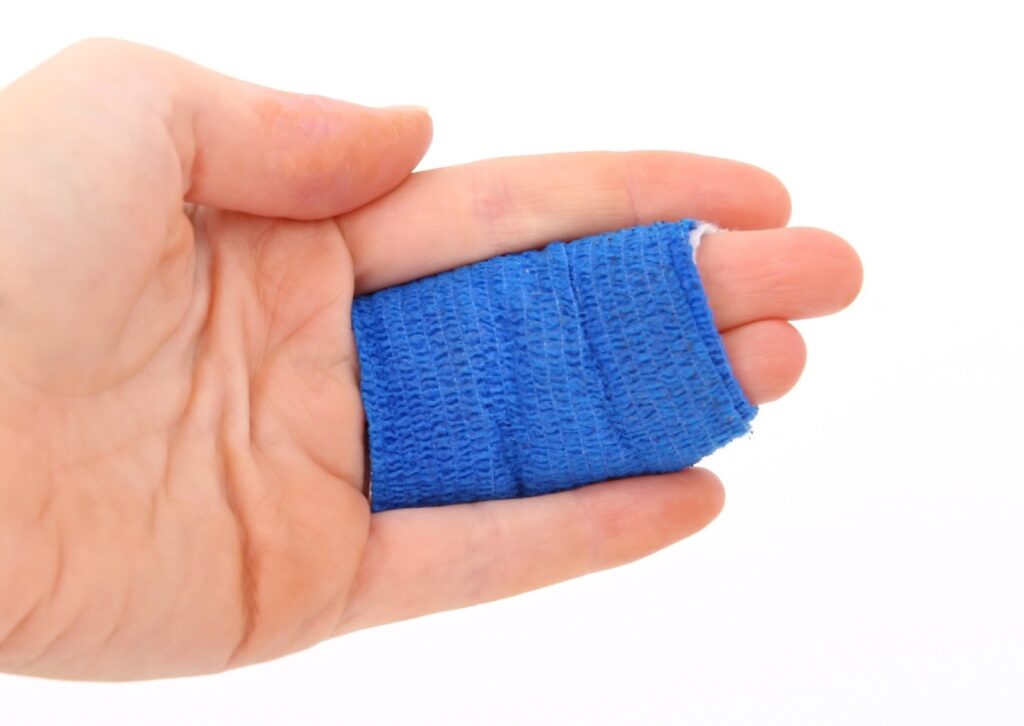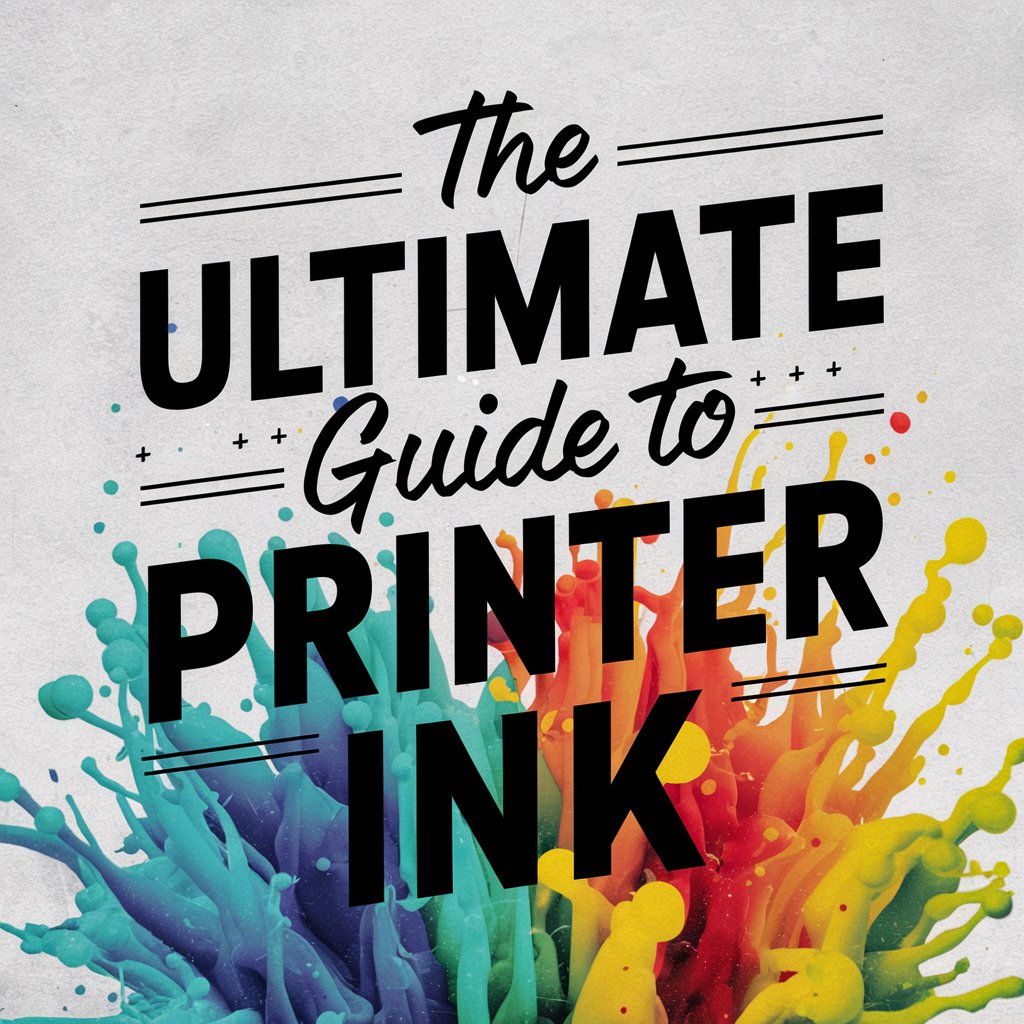Healing from an injury can be a frustrating experience, often accompanied by discomfort and a sense of unease as we navigate through daily routine changes. However, understanding the body’s healing process and implementing effective strategies can significantly speed up recovery.
Whether you’ve sprained an ankle, strained a muscle, or undergone surgery, the right approach can enhance natural healing, alleviate pain, and improve overall well-being. Here, we will discover 7 useful tips to accelerate healing after an injury.
Seek Legal Consultation
In some cases, injuries may result from accidents caused by the negligence of others. Seeking legal consultation might not be the first thing that comes to mind when dealing with an injury. Still, there are many reputable accident lawyers who can guide you through the complexities of personal injury claims and provide valuable insights regarding your rights and potential compensation, which can alleviate some stress during your recovery. The financial and emotional support can help you focus on healing without worrying about the added burden of expenses.
Rest and Relaxation
Overexertion can lead to setbacks or prolonged healing times, so prioritizing sleep and relaxation during your recovery is a must. Create a comfortable environment conducive to rest by minimizing distractions and ensuring adequate support for your injured area.
Incorporate gentle activities such as stretching or light yoga, as they can promote blood circulation without straining the injury even more. Even factor in practices such as meditation or deep-breathing exercises to reduce stress levels. Sometimes, allowing your body to rest is the best way to speed up healing.
Stay Hydrated
The most overlooked aspect of recovery is staying hydrated. Injured muscles and tissues require water to heal, so it is essential to drink plenty of fluids throughout the day. Dehydration can impair blood circulation, which can delay healing and cause muscle cramps and stiffness.
Aim for at least 8 glasses of water per day and avoid sugary or caffeinated drinks as they can dehydrate the body. If water isn’t your preferred beverage, try adding fruits or herbs to enhance its taste.
Nutrition Matters
Along with proper hydration, consuming a balanced diet rich in vitamins, minerals, and protein can provide the body with the necessary resources to heal effectively. Focus on incorporating a variety of fruits and vegetables, as they are packed with antioxidants that reduce inflammation and promote cellular repair. Foods high in protein, such as lean meats, legumes, and dairy products, are essential for muscle recovery and rebuilding tissues.
Include healthy fats from sources like avocados, nuts, and olive oil, which can combat inflammation. Aside from supporting healing, a well-rounded diet enhances energy levels, allowing for a more proactive recovery approach.
Physical Therapy
Depending on the type and severity of the injury, physical therapy may be recommended as part of a comprehensive recovery plan. Physical therapists use various techniques to restore movement, strengthen muscles, and improve flexibility.
By following a customized physical therapy program, patients can speed up their healing process by targeting specific areas that need rehabilitation. Physical therapy can also prevent future injuries by improving overall strength and mobility.
Utilize Cold and Heat Therapy
Cold therapy, or cryotherapy, is particularly effective during the initial stages following an injury. Applying ice packs to the affected area can reduce inflammation and numb pain. Don’t forget to use cold therapy in intervals, ideally for 15 to 20 minutes at a time, with breaks in between to prevent tissue damage.
Conversely, once the acute phase has passed, heat therapy can be beneficial. Applying warmth to the injured area increases blood flow, soothes stiffness, and relaxes tense muscles. Options for heat therapy include warm compresses, heating pads, or even warm baths. Always ensure to monitor the temperature to avoid burns, and always consult a healthcare professional to determine the most suitable method for your specific injury.
Consider Over-the-Counter Pain Relief
Over-the-counter pain relief medications can manage discomfort during the healing process. Common options such as ibuprofen or acetaminophen can help alleviate pain and reduce inflammation, making it easier to engage in rehabilitation exercises and daily activities.
Yet, you must always keep in mind to follow the recommended dosages and consult with a healthcare professional before starting any medication, especially if you have underlying health conditions or are taking other medications. While pain relief is beneficial, it should be seen as a complementary approach alongside the other healing strategies discussed in the sections above.
Recovering from an injury requires a holistic approach that encompasses rest, hydration, proper nutrition, and appropriate therapies. By implementing the tips outlined above, you can promote a smoother and faster recovery process, allowing you to return to your normal activities with renewed strength and vitality.
Remember that every individual’s healing journey is unique, so listen to your body and seek professional guidance when necessary. Embrace your recovery with patience and determination, knowing that each step brings you closer to regaining optimal health.






